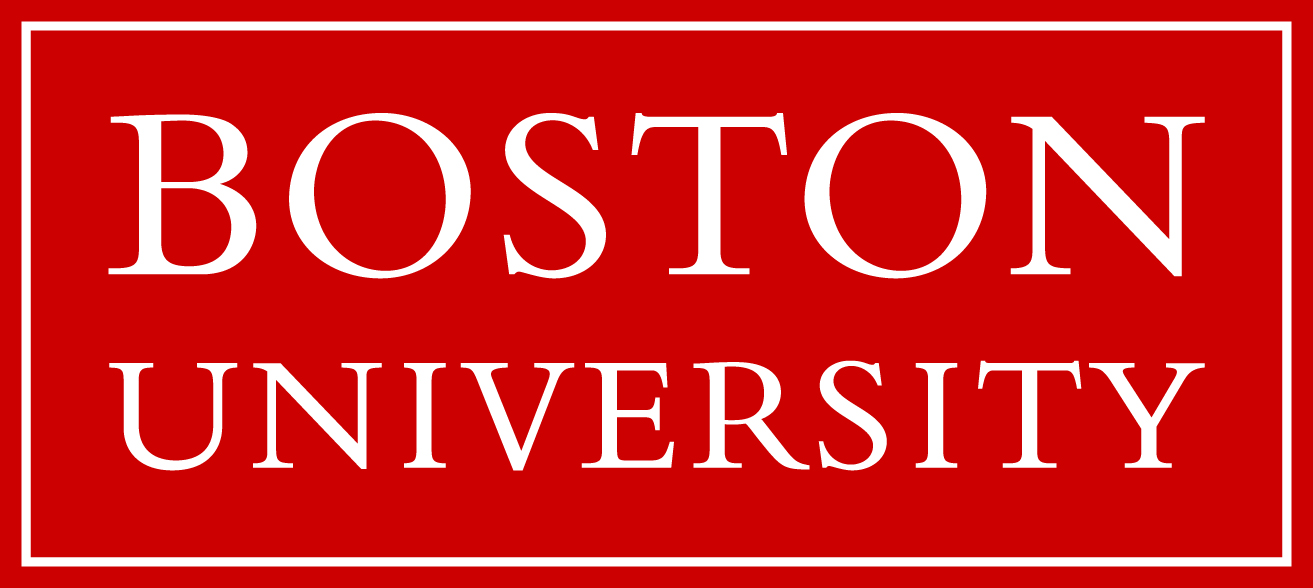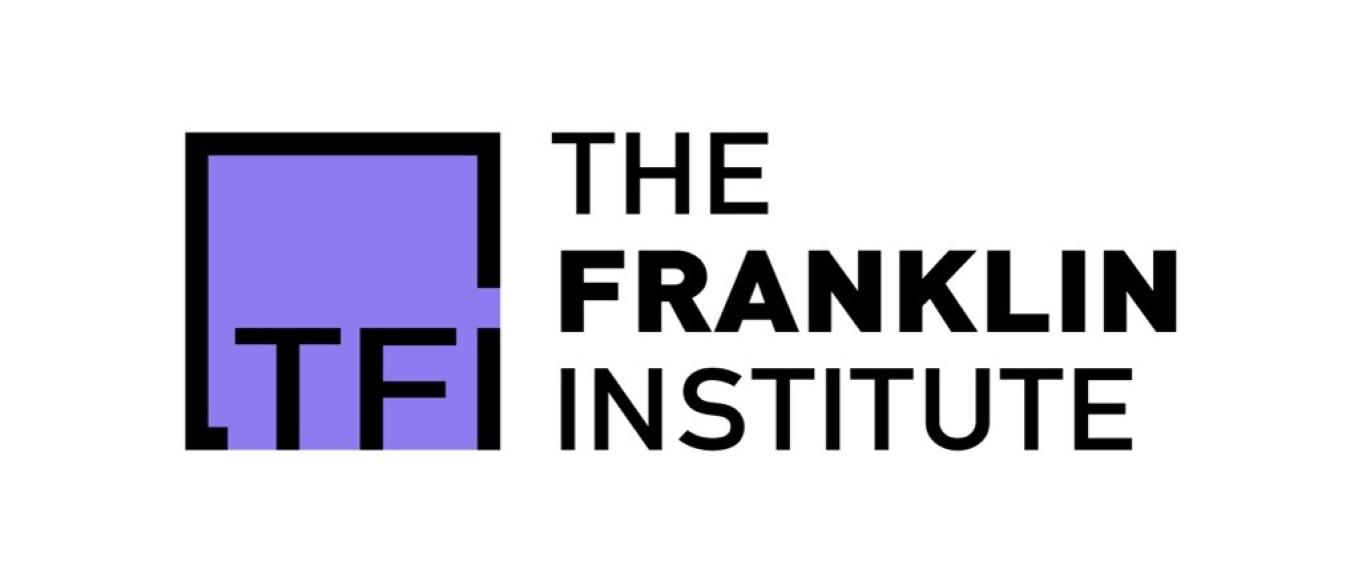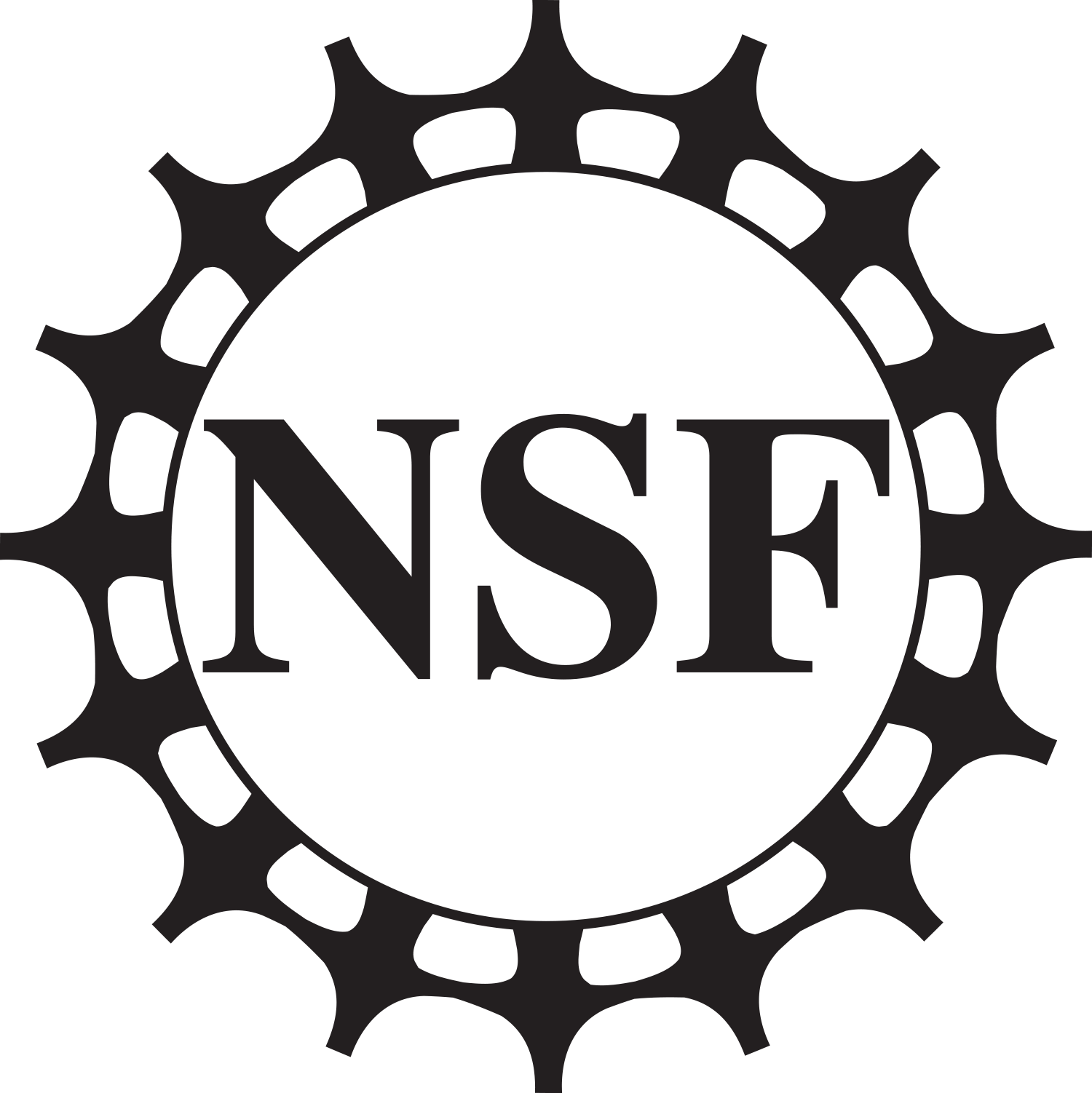Integrated Mechanobiology Research
Integrated Research Thrusts (IRTs)
IRTs focus our research on how plant and animal cells integrate mechanical cues from their microenvironment into biochemical and genomic pathways that drive cell, tissue, and organ function over multiple length and time scales.
The IRTs represent collaborative efforts of preeminent laboratories and focus on:
- Cell-Matrix Dialogue
- The Nucleus and Mechanical Memory
- Tissue Mechanics in 4D
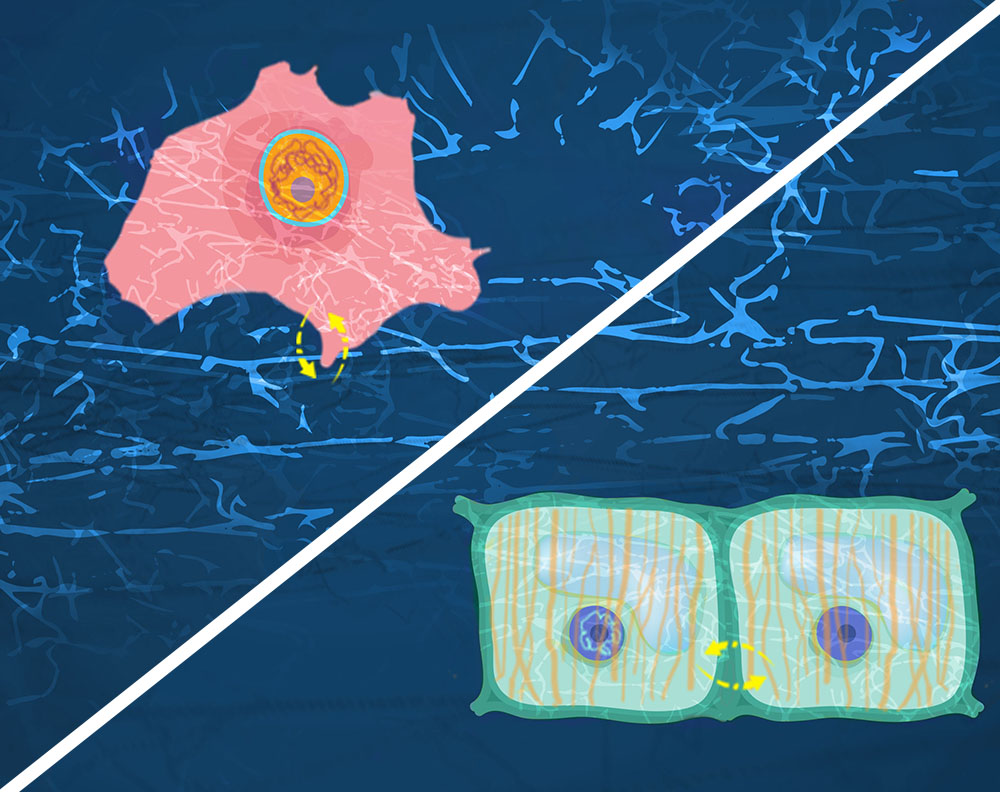
IRT 1: Cell-Matrix Dialogue
Uncovering and engineering the recursive dialogue between cells and their extracellular environment
Goal: To uncover fundamental mechanisms underlying the recursive dialogue between plant and animal cells and their cell walls or extracellular matrix (ECM). We harness this understanding to engineer the responses of plants and animals to mechanical cues generated by environmental stresses, injury, and fibrosis.
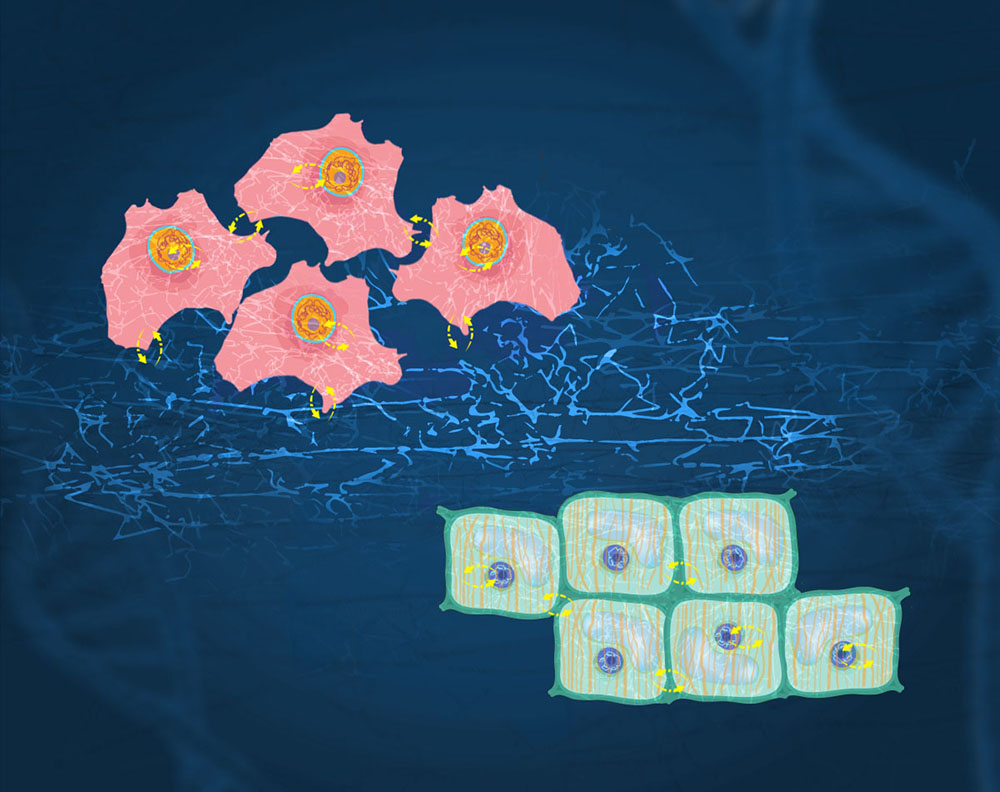
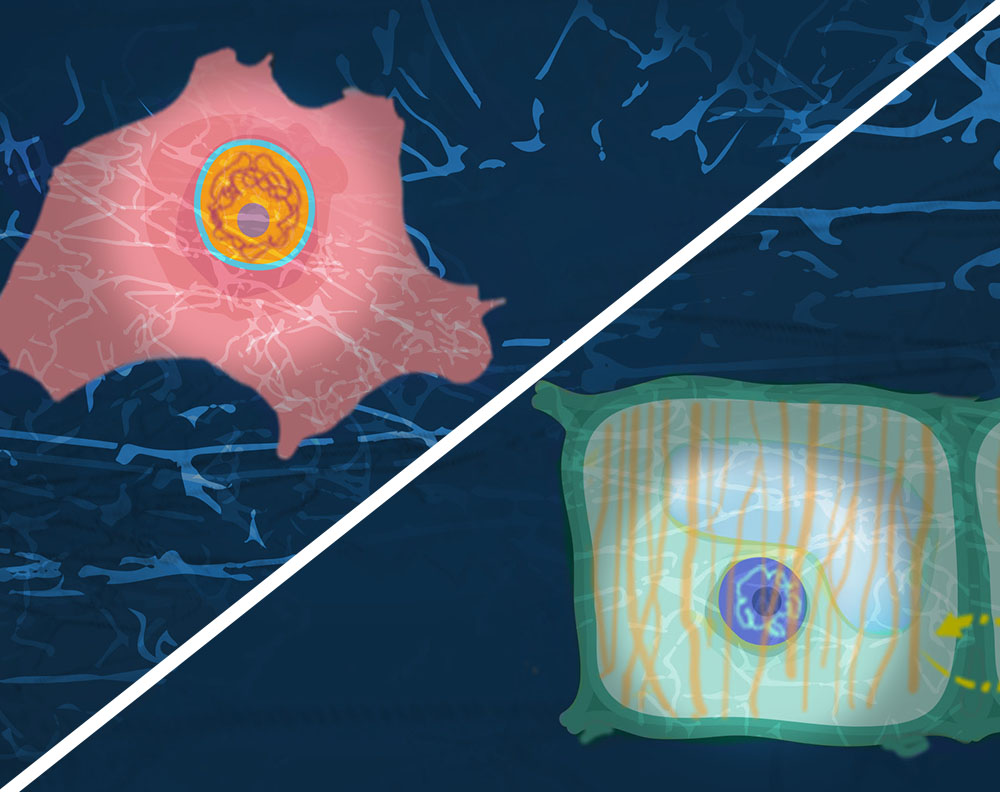
IRT 2: The Nucleus and Mechanical Memory
Designing mechanically responsive memories in DNA
Goal: To develop foundational knowledge to enable the rational design of mechanically responsive chromatin and genetic programs. With this knowledge, new technologies will be developed that can strip unwanted mechanical memories or impart new artificial ones to enable more efficacious and economically feasible cell-based therapies.

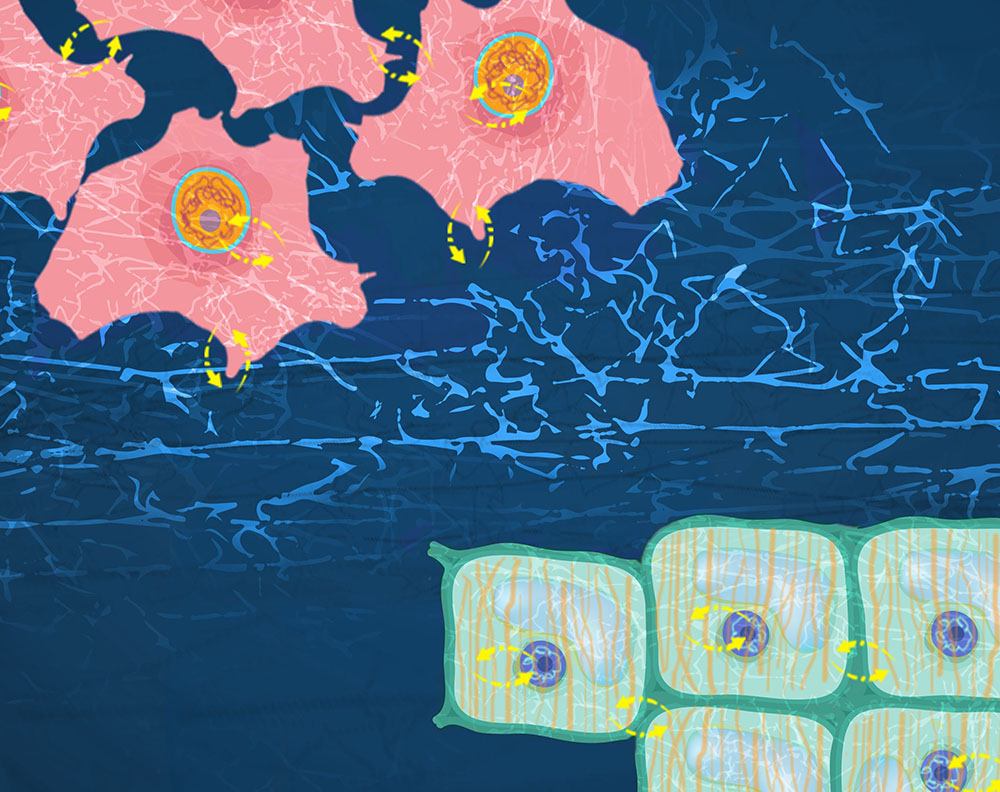
IRT 3: Tissue Mechanics in 4D
Pioneering the assembly of plant and animal cells into tissue-like structures and new technologies
Goal: To pioneer methods to assemble plant and animals cells into tissue-like structures and to use these platforms to gain insights into the mechanobiology of these tissues and the cells within them. These new technologies will include new synthetic materials that mimic specific extracellular matrices, fabrication and microfluidic approaches to generate biomimetic cultures that capture the structural complexity of native tissues, and new theoretical and computational approaches to model complex structures.




